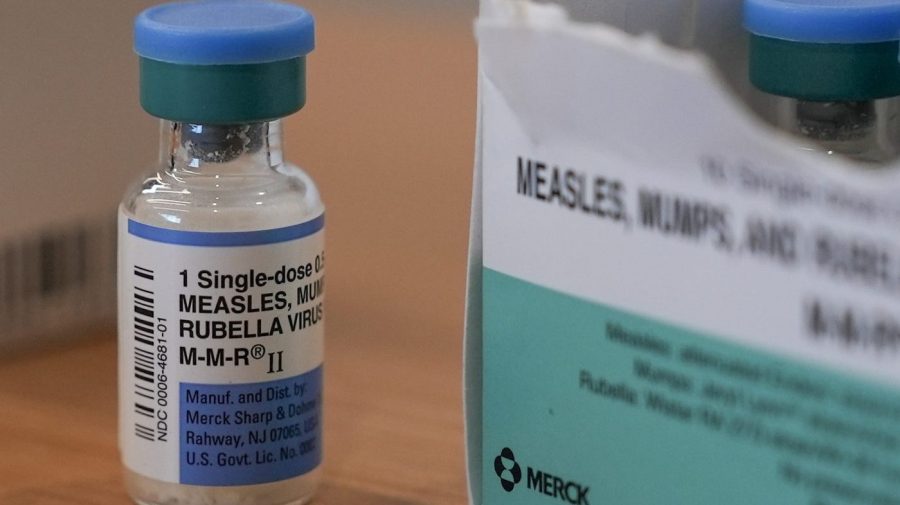New research shows measles vaccination rates for children fell in almost 8 to 10 counties across the country after the COVID pandemic.
A John Hopkins University study tracked immunization records across 2,066 counties and 33 states. They compared the kindergarten vaccination rates from 2017-2020 to averages from 2022-2024, as reported by the Associated Press.
Their study comes a month after over 1,000 measles cases were reported in the U.S. backtracking on the country’s declaration of measles elimination in 2000.
The outbreak was first reported in Texas and soon spread to Kentucky, Colorado, Kansas, Louisiana, Maryland, Minnesota, Missouri and Montana in addition to other areas.
John Hopkins found that counties in the Lone Star state saw a two-percentage-point increase in vaccination rates after the pandemic at 82.4 percent, as reported by the AP.
However, 742 residents have contracted measles rendering the state below herd immunity.
Gaines County, Terry County, Lubbock County and El Paso County have seen the most cases.
Kansas saw children’s vaccination rates spiral in counties after the pandemic.
Gray County recorded a 23-percentage point drop in measles immunizations after COVID, while Haskell County measured a decline of 18 percent and the number of vaccinated children in Stevens County fell by 0.5 percentage points.
Officials in Stevens have recorded 7 cases of measles, Haskell leaders have reported 11 individuals with measles and Gray County said 25 people have contracted the infectious disease.
Post-pandemic vaccination levels also fell in Colorado, more specifically, El Paso County. There the vaccination rate dropped by 3.8 percentage points, AP reported.
Residents in Arapahoe County saw a 3.5 percentage point decrease in vaccination rates. The state has reported a total of 12 measles cases.
The Center for Disease Control (CDC) said 30 percent of the contracted measles cases are found in individuals under the age of 5, noting that 22 percent of those with an outbreak in the age category have been hospitalized.
Thirty-seven percent of individuals who contracted measles through the recent outbreak are between the ages of 5-19 and 32 percent are over the age of 20.
“The risk for widespread measles in the United States remains low due to robust U.S. immunization and surveillance programs and outbreak response capacity supported by federal, state, tribal, local, and territorial health partners. Measles-mumps-rubella (MMR) vaccination remains the most important tool for preventing measles,” the CDC wrote in March when 222 cases were reported nationwide.
“To prevent measles infection and spread from imported cases, all U.S. residents should be up to date on their MMR vaccinations, especially before traveling internationally, regardless of the destination,” it added.
Amid health concerns, President Trump’s proposed budget aims to cut $3.6 billion in discretionary funding for the CDC.

